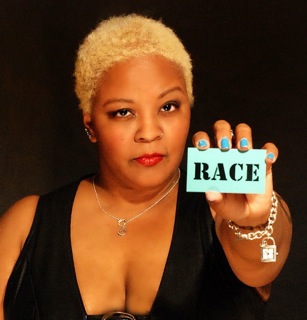In When Asians enroll! (And other tales from meritocracy’s margins) Sarah Ghabrial writes:
Meritocracy forgets privilege, and the fact that folks from marginalized groups have to work a hell of a lot harder for the same reward as their more upwardly mobile counterparts. By the logic of meritocracy, the cream would rise naturally to the top, regardless of status or association, and yet generations passed wherein the “cream” remained almost consistently white and male… that is, until just recently, when the world woke up to the news that minorities were not just gratefully accepting the token slots assigned them, but slowly and surely invading campuses in force, dramatically shifting the demographic away from the white, male, middle-class face of higher education. Meritocracy was somehow, if unevenly, coming through on its promise of diversity. Calamity ensued.
Let’s start with women and the “pussification” of schools. Rant after rant, each less coherent than the last, has blamed the increasing enrollment of women in higher education for all kinds of “male afflictions” (likened by one commentator to a “plague”): a mass exodus of boys from schools at all levels, suddenly put off by title pages and hand raising; dateless young women reduced to hyper-educated spinsters at the tender age of 23; and what about “the family” (where all anti-feminist roads end), ever at the point of demise? Never mind that the education system as it exists and operates today is no more estrogen-riddled than it ever was — teaching has always been a feminized occupation — or that, historically, wherever girls have been admitted, they have outpaced boys, just not outnumbered them. Forget, as well, that the regimentation and “sit still and behave” pedagogical norm is not a recent phenomenon, but the vestige of 19th-century British education reforms by which military-and factory-drawn models of discipline and hierarchy were applied to private and semi-public schools — whose clients were then exclusively boys.
[…]
Herein lies the paradox to this whole story that is mind bending, though maybe not surprising to meritocracy’s skeptics. The excellence of individuals other than middle-class white males within an education system designed for and by the latter has aroused a mass panic and sense of social crisis — the blame for which is placed not on the system, but those excelling individuals. Meanwhile, though the ideal of meritocracy remains intact, elements of “affirmative action” are insinuated into university acceptance processes, not in the service of historically excluded groups, but rather, it seems, to soothe the self-esteem of the privileged.
Though these are separate issues, the same kind of language permeates both sets of complaints. Both women and Asians (I can only imagine the threat posed by an Asian woman) are perceived to have adapted almost too well to the disciplinary expectations of public and higher education: in classes, girls are too competent, too malleable, too disciplined, too obedient. In the Maclean’s article, Asian students are described as hyper-studious, almost machine-like in their drive and focus, sacrificing food, sleep, even booze, to maintain their GPA. Suddenly, the terms of merit that are supposed to earn individuals success are re-scripted as faults, even disadvantages (though whether to themselves or others is not always clear).
Read the whole thing.
Link: When Asians enroll! (And other tales from meritocracy’s margins) (via Racialicious)



